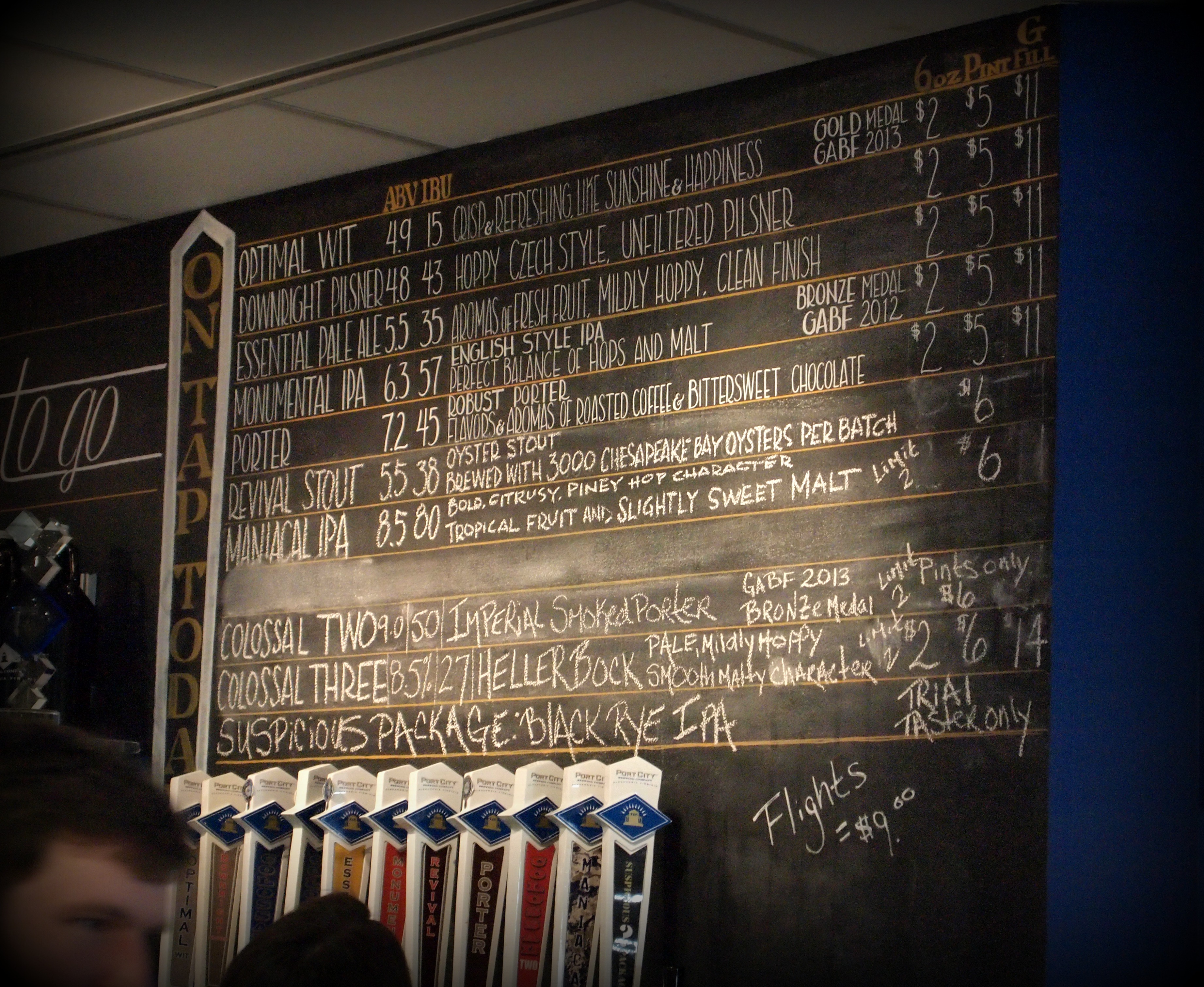 |
| Strength and honor. |
…if you
find yourself alone, riding in green fields with the sun on your face, and
you’re reading an inspiration from inside of a mash tun on a Friday instead of
a Saturday, do not be troubled. For you are in Elysium. And you’re already dead!
Other
than that, I have no explanation as to why this week’s blog post is coming to
you on Friday instead of Saturday. Or do I? [cue sinister music]
Okay,
seriously though, last week, I unintentionally left many of you faithful
readers (and myself to be perfectly honest) on a delightful cliffhanger,
head-scratcher, nail-biter, non-deliberate foreshadowing moment when I started
babbling about possibilities - specifically as it pertained to the Red IPA
idea. Many of you have approached me in the aftermath wanting to talk about Red
IPA, Black IPA, White IPA, and all the other variants of everyone’s favorite
style of craft beer – the India Pale Ale. Hopheads rejoice – I am right there
with you.
 |
| Hops, ah, they'll save everyone of us |
The IPA
is one of the most manipulated styles of beer, mostly because brewers are naturally
creative people (why thank you) and everyone loves hops. But even with all this
innovation, the Brewers Association style guidelines only recognize three
official categories of IPA (four if you include the American black ale, often
referred to as a black IPA):
- English-style
India pale ale
- American-style
India pale ale
- Imperial
(double) India pale ale
Although
those are the only styles of IPA that are defined and judged, the spectrum of
IPA sub-categories is not limited to three. Essentially, outside of changing
its color, there are two ways that brewers manipulate the style:
1. Take an IPA base recipe and ferment
it with an atypical yeast strand
2. Take a different style of beer and
hop it as if it were an IPA.
In this
edition of the mash tun, I will attempt to name, describe, and categorize some
of the not-yet defined sub-categories of IPA emerging in the marketplace. This
list is not sanctioned by anyone, and it is not designed to be comprehensive.
PS – Somewhere, Dr. Ian Malcolm is going berserk.
 |
| God help us, we're in the hands of engineers |
Belgian-style IPA
A
Belgian-style IPA, also known as a Belgo-IPA, is an IPA base recipe fermented
with Belgian yeast. It has a similar appearance, malt content, hop aroma and
flavor profile as an IPA, but with the noticeable fruity esters and flavor
characteristics of Belgian yeast.
India Session Ale
India Session
Ales, also known as lawnmower IPAs, provide all of the hop goodness of an IPA,
but at a more sessionable ABV level. Sessionable just means one can drink more
of them in one session (due to lower ABV) without being bombed out in the
process.
 |
| No, they don't come from white hops |
White IPA
This one
often gets confused with Belgian-style IPA, and for good reason. The only
difference between the two is that a White IPA is specifically a Belgian witbier
hopped like an IPA. You may ask why make this distinction – and the answer is
as always because this is my blog and I do what I want. A White IPA has similar
color, body and esters as a witbier with noticeable hop aroma, flavor and
bitterness.
Brettanomyces/Wild IPA
Now we’re
going full on grizzly bear mode. This sub-style IPA is an IPA or IPA
sub-category that goes through primary, secondary or other fermentation with
wild yeast. This one requires some serious brewers with serious issues in order
to dream up. Science, yo!
Red IPA
Red IPA,
like I described last week, is an American red ale brewed at a higher strength
and hopped like an IPA. They are typically redder in color than an IPA with
deep ruby hues.
Rye IPA
A Rye IPA
(or RIPA) is an IPA brewed with the addition of rye as an ingredient. They are generally
tangier than ordinary.
Spiced/ Herbed IPA
These IPAs
are brewed with the addition of spices, herbs or flowers. When properly
balanced across the flavor profile, they can do amazing things to your palate.
 |
| Only some of the awesomeness you'll find in a black IPA |
Black IPA
The
black IPA is one of the most discussed beer sub-categories in the beer world.
Technically, the style has already been named and defined by the Brewers
Association as the American-style black ale. It is essentially an IPA brewed
with the addition of dark specialty malts, resulting in a dark brown to black
colored IPA with a hint of roasted malt flavor.
Clearly,
brewers are experimenting with IPAs, as this list indicates. The reality is,
this is not an all-inclusive list, and the potential for sub-categories of
sub-categories becomes exponential when these styles are combined. As more and
more brewers step outside of the traditional style guidelines, expect to see
more variations of the IPA style to appear near you, wherever fine craft beers
are sold. You think you’re excited? You have no idea.
Here’s
to craft-brewed happiness… Cheers!



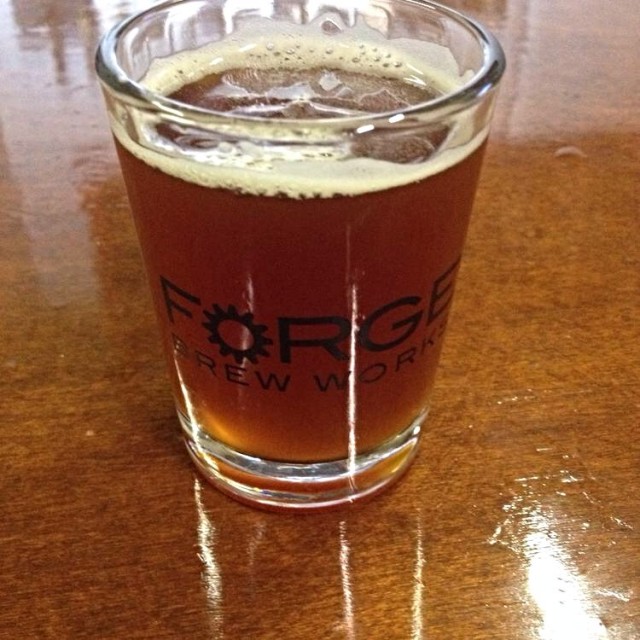




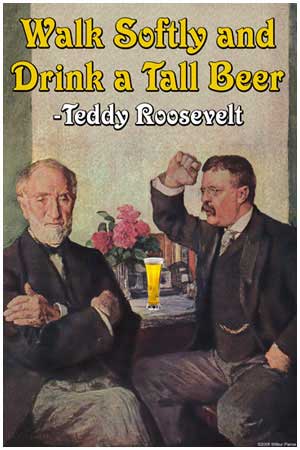

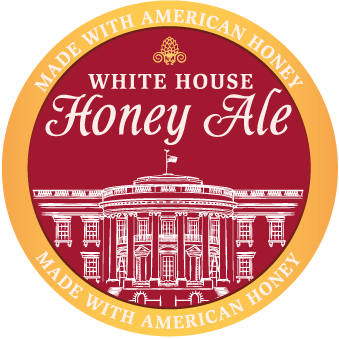
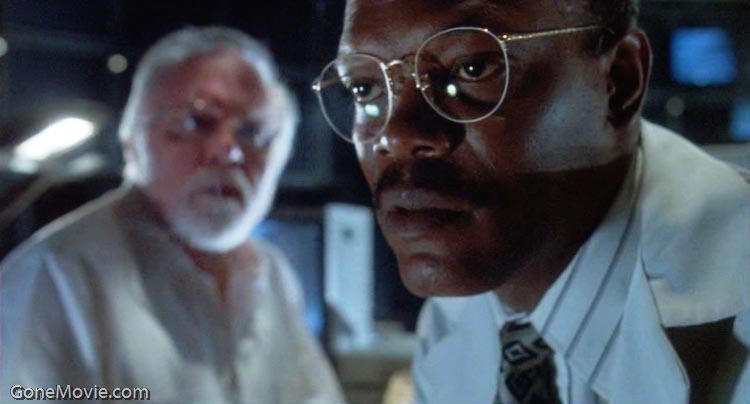
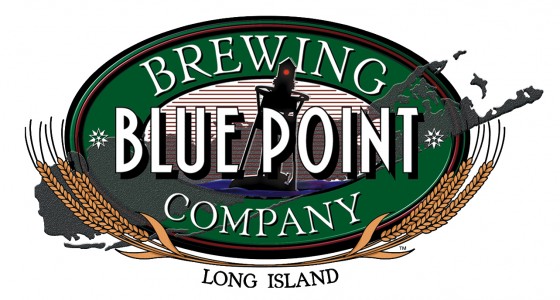


.png)



